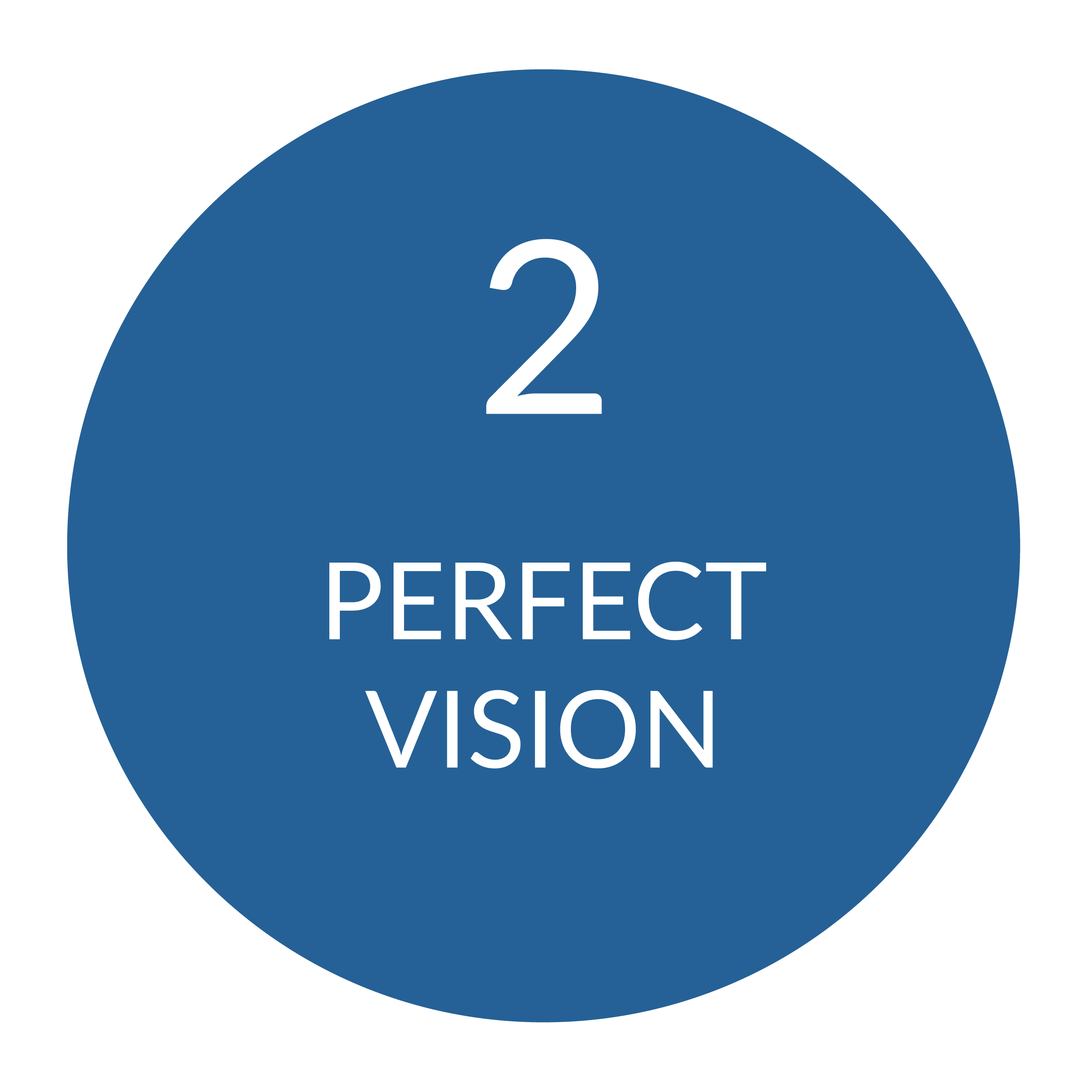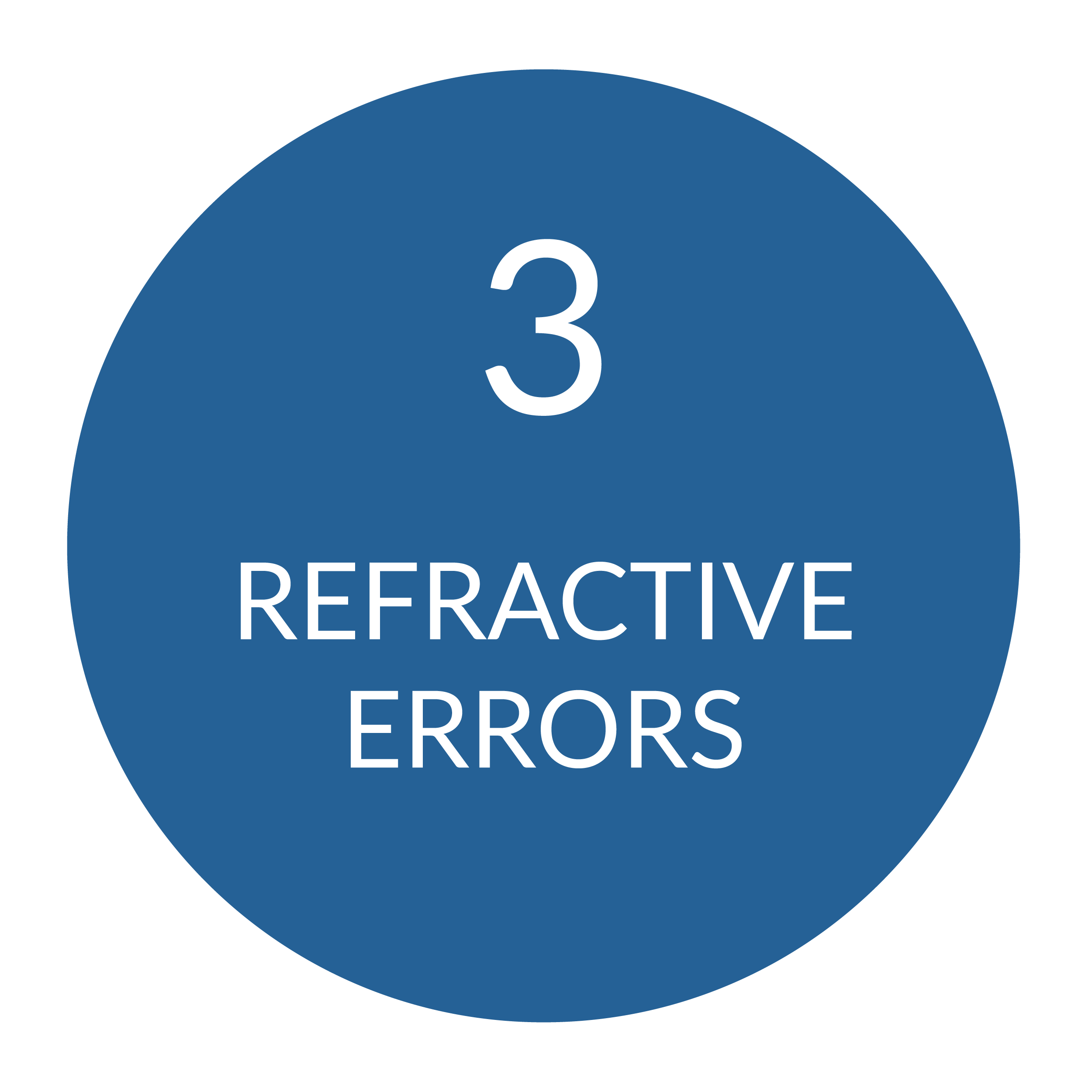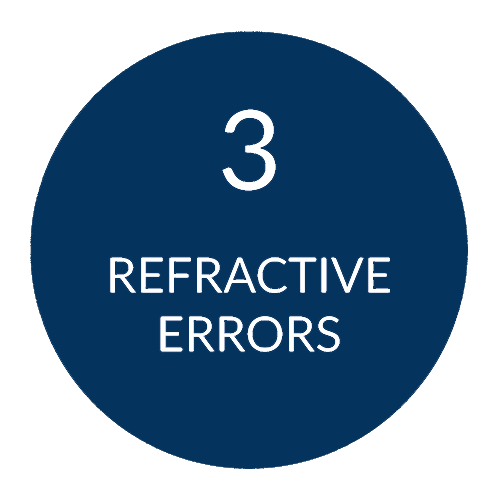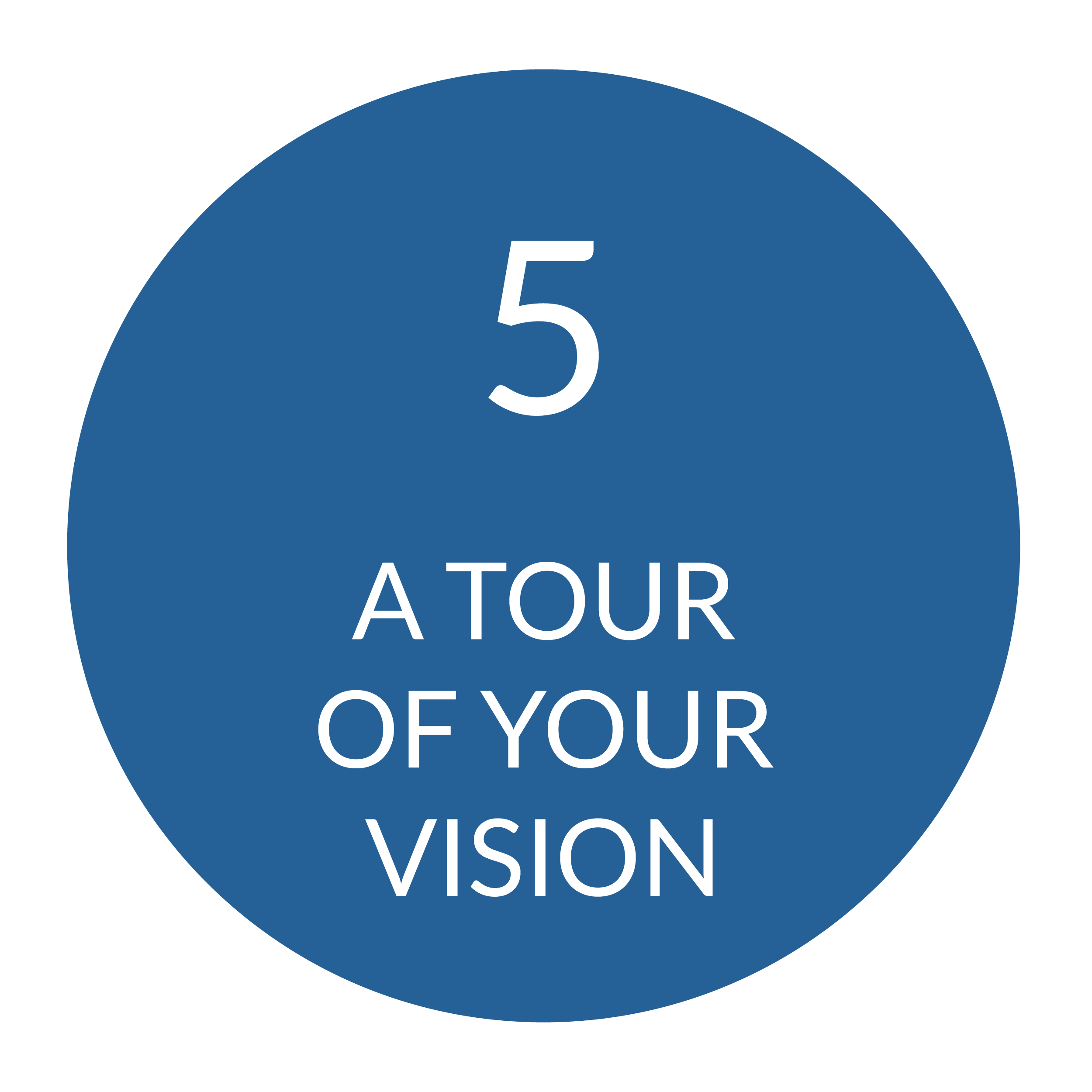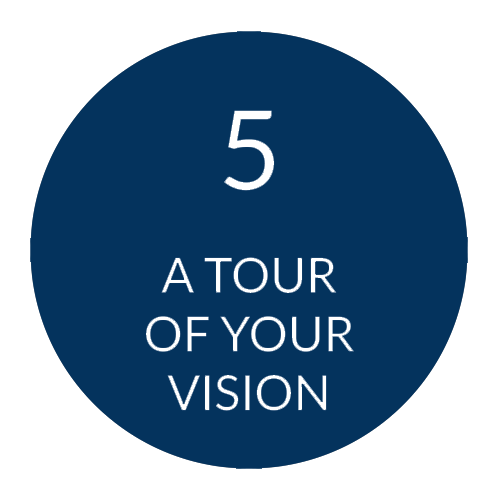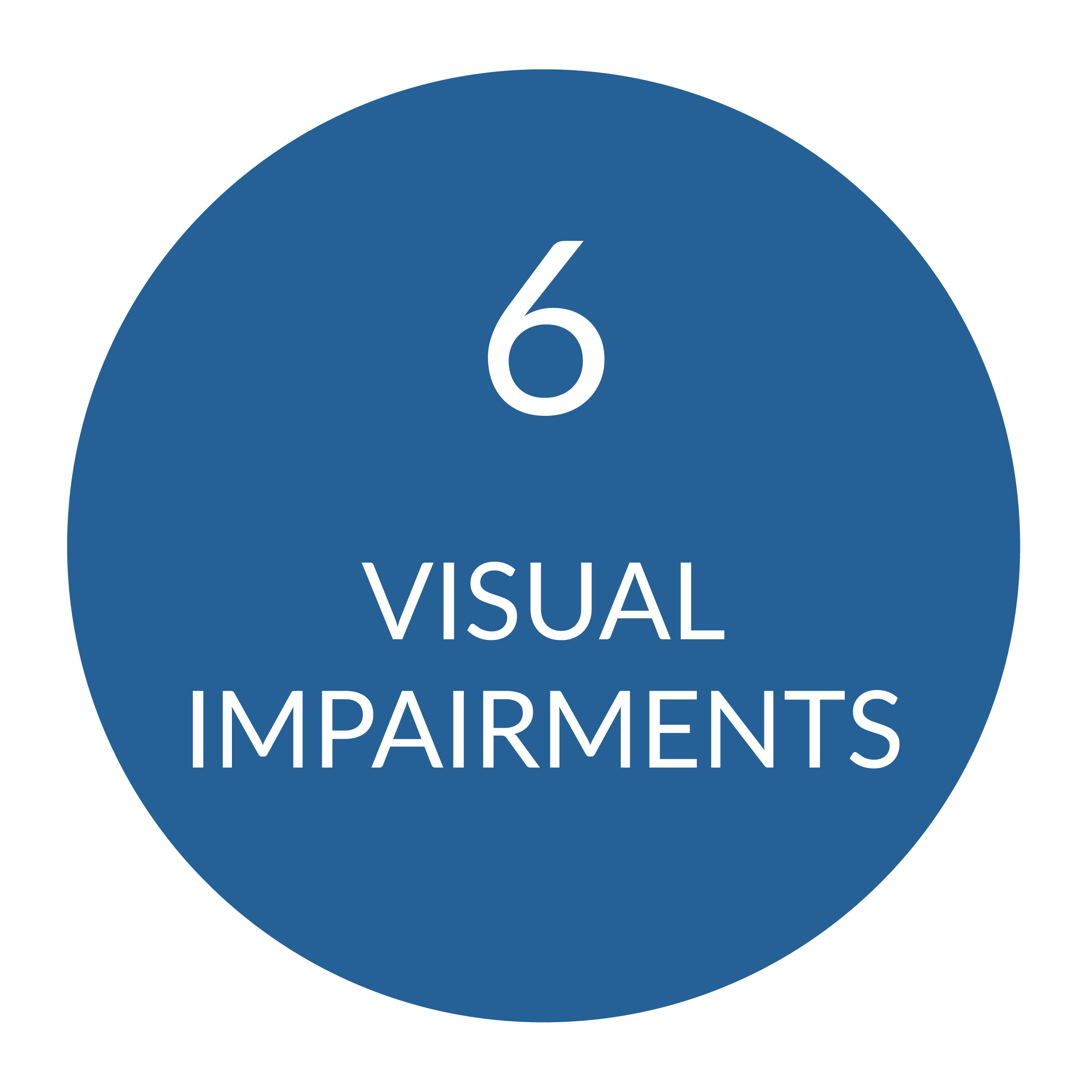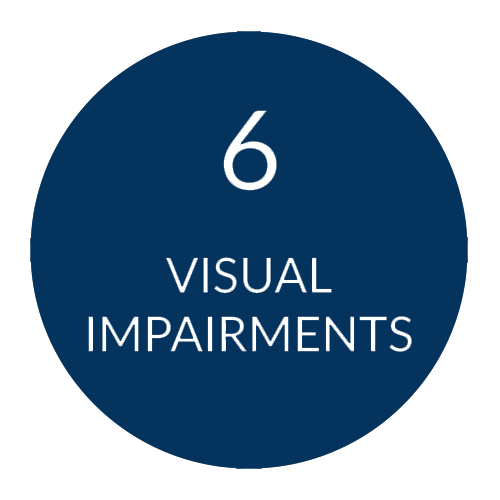FOUNDATIONS OF VISION - DEVELOPMENT OF VISION FROM BIRTH
Vision is an individual, lifelong process that evolves with each person and it’s far more complex than simply measuring 20/20 on an eye chart. Yes, we share similar milestones, but your vision is yours alone. It grows with you and shapes how you see and interact with the world.
THE FIRST 6 MONTHS OF YOUR VISION
The Newborn Stage - Legally Blind
When you’re born, your vision is about 20/400. You’re legally blind by any standard. You can only see about 8-10 inches from your face; just far enough to find your first food source. Color vision doesn’t exist yet, so your world is mostly shades of gray.

Four Weeks - Turning Toward Light
At four weeks, your vision starts to wake up. Babies turn toward light sources and begin tracking objects side to side. That’s why a simple mobile above the crib is so fascinating. It gently trains the eyes and brain to work together.

2-3 Months - Faces, Hands and Surprise
By two or three months, babies start recognizing faces. One of the sweetest sights is a baby staring at their own hands; shocked that they exist and move. Vertical tracking kicks in too, so they follow motion up and down as well as side to side.

3-6 Months - The World Gets Bigger
Between three and six months, vision expands beyond the immediate bubble. Babies can focus across the room and love mirrors. They watch themselves move and start coordinating what they see with what they do. Eyes begin to move independently from the head, which is a big step forward.

YOUR VISION BEYOND 6-MONTHS-OLD
Beyond 20/20 — Vision Becomes Function
After six months, vision development is about connecting sight with action. Crawling, playing peekaboo, copying sounds - these all build coordination between the eyes, brain, and body.
It doesn’t stop there. Think about a hockey goalie or a baseball batter. They need lightning-fast coordination that goes far beyond reading letters on a chart.
Vision Steers Your Body
Grabbing an object, catching a ball, reading music, playing sports - these depend on refined visual skills. Reaching out and gripping something you see is not automatic; it’s learned.
Why the Standard Eye Exam Isn’t Enough
When you get an eye exam, you’re mostly measured against that same six-month-old standard: can you see clearly at 20 feet? But real vision includes depth, tracking, teaming and processing - all skills that evolve as you grow.
Unfortunately, most standard exams don’t measure how well your eyes work together or how well they guide your body. They should - especially if you struggle with headaches, concussion symptoms or everyday tasks that strain your eyes.
Vision Is Personal
How we use our vision is shaped by our lives. Picture a dog. Some people see a dog and feel joy; others feel fear. The image is the same, but the brain’s response is unique.
Modern Life, Modern Problems
Take myopia (nearsightedness) - it’s more common than ever. Why? Our eyes adapt to spending hours staring at phones and screens 18 inches away. A thousand years ago, this wasn’t an issue. The world was mostly at a distance.
Our vision adapts to our lifestyle. Sometimes, it skips steps or develops unevenly, leaving us with headaches, trouble focusing or difficulty coordinating our eyes.
So, What’s Next?
Vision therapy, specialized lenses and better testing can help fill in those missing pieces - guiding your eyes and brain back into balance.
Your vision is not just about seeing clearly, it’s about how well your eyes, brain and body work together to help you live your life to the fullest.




